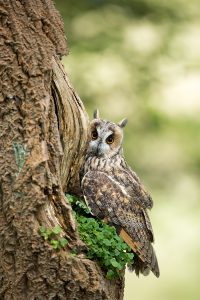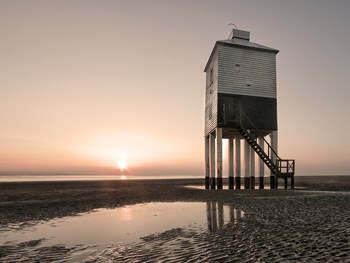Definitions of Applied Photography and its sub-categories
Applied Photography is factual, illustrative, photography providing pictures of subjects for the purpose of study and education. The aim should be sharp subjects with good detail and minimal distractions. Titles must be factual, giving subject details only: images may be rejected or marked down otherwise.
For our Club’s Nature competitions we have adopted the Photographic Alliance of Great Britain’s definition announced in February 2018. Images already meeting the definition set out by the FIAP, the RPS and the Photographic Society of America (PSA) will satisfy this less restrictive definition.
 Nature photography is restricted to the use of the photographic process to depict all branches of natural history, except anthropology and archaeology, in such a fashion that a well-informed person will be able to identify the subject material and certify its honest presentation.
Nature photography is restricted to the use of the photographic process to depict all branches of natural history, except anthropology and archaeology, in such a fashion that a well-informed person will be able to identify the subject material and certify its honest presentation.
The story telling value of a photograph must be weighed more than the pictorial quality while maintaining high technical quality.
Scientific bands, scientific tags or radio collars on wild animals are permissible. Photographs of human created hybrid plants, cultivated plants, feral animals, domestic animals, or mounted specimens are ineligible, as is any form of manipulation that alters the truth of the photographic statement.
Processing of the captured image, by cropping, exposure adjustment, colour correction, noise minimisation, dodging/burning, HDR, focus stacking and sharpening, is allowed. Cloning of image defects and minor distractions, including overlapping elements, are permitted when these do not distort the truth of the photographic statement.
Images entered as Nature can have landscape, geologic formations, weather phenomena, and extant organisms as the primary subject matter. This includes images taken with the subjects in controlled conditions, such as zoos, game farms, botanical gardens, aquariums and any enclosure where the subjects are totally dependent on man for food.
Access to biological subjects may be restricted. By entering a competition, photographers warrant that they have followed relevant codes of practices and hold any necessary licences.
Architecture and Record is defined as  images of buildings and structures or sections of them and images of objects such as artwork, archaeology, statuary, carvings, glassware, porcelain and other inanimate objects. When taking the photograph one should imagine it being used as an illustration in a text book about the specific subject or as a museum record of it, thus the need for complete and sharp detail with true horizontals and neither converging nor diverging verticals.
images of buildings and structures or sections of them and images of objects such as artwork, archaeology, statuary, carvings, glassware, porcelain and other inanimate objects. When taking the photograph one should imagine it being used as an illustration in a text book about the specific subject or as a museum record of it, thus the need for complete and sharp detail with true horizontals and neither converging nor diverging verticals.
Journalism, Sport and Documentary images cover news or sporting events or provide information about a particular subject. They will be presented with truth and integrity, and be suitable for publication or an historical record.
Sport photographs will usually feature the sport being played, but might include sports people immediately before or after playing. Journalism photographs may cover just one aspect of a subject: they will record the actual scene but not necessarily give the full story (eg a performer on stage). Documentary photographs will contribute to a balanced view and understanding of a subject (eg a sequence showing a performer at work and at leisure and perhaps comparison with other performers).
For Travel we have adopted the PSA definition:
A Photo Travel  image must express the feeling of a time and place; portray a land, its people, or a culture in its natural state. Photo Travel images have no geographical limitations. Ultra close-ups, which lose their identity and studio-type model shots, are unacceptable. Techniques that add to, relocate, replace or remove any element of the original image, except by cropping, are not permitted. Techniques that enhance the presentation of the image, without changing the pictorial content, are permitted. Any adjustments must appear natural.
image must express the feeling of a time and place; portray a land, its people, or a culture in its natural state. Photo Travel images have no geographical limitations. Ultra close-ups, which lose their identity and studio-type model shots, are unacceptable. Techniques that add to, relocate, replace or remove any element of the original image, except by cropping, are not permitted. Techniques that enhance the presentation of the image, without changing the pictorial content, are permitted. Any adjustments must appear natural.
The following Guidance on Architecture, Record and Travel Photography is not mandatory but indicates how we anticipate judges will interpret the definitions. Provided the result appears natural and remains a faithful representation of the original, you may: remove imperfections caused by the camera such as distortion, lens flare, noise and dust spots; adjust any part of the image for exposure (including HDR), sharpness (including focus stacking), or to ensure colours are accurately represented; and stitch together images of the same subject (including panorama techniques). You should not remove any object or part of it (other than by cropping), rearrange any object or part of it, nor add an object to the image. Colour images may be converted to monochrome.


